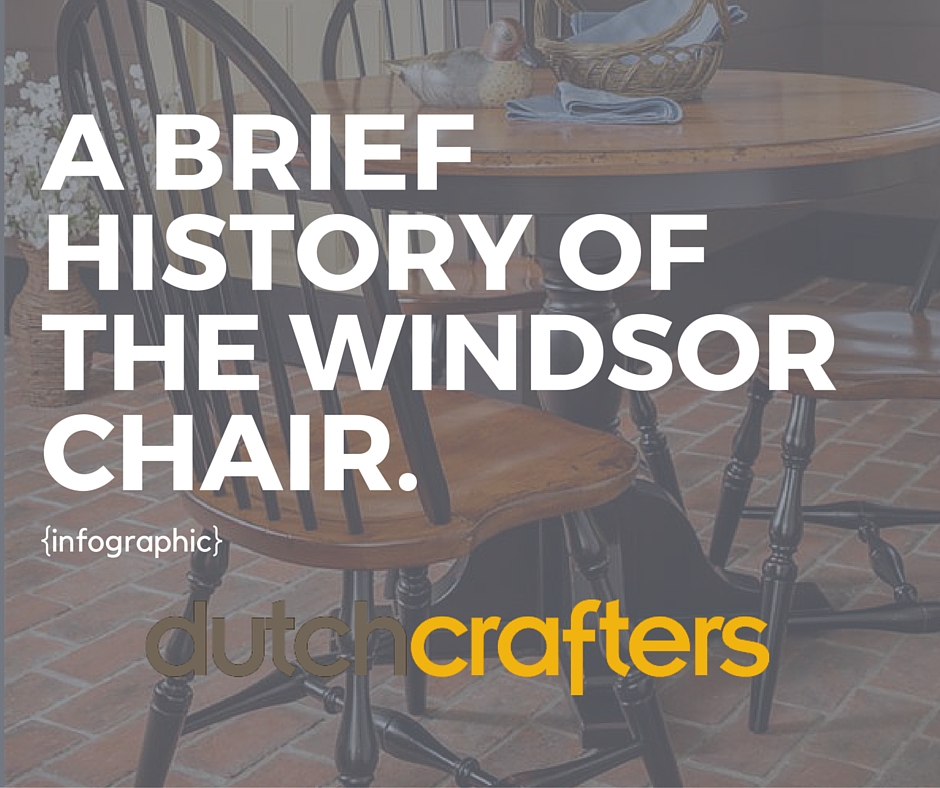To start the trip of bring back antique closets, you need a keen eye for detail. Visualize discovering surprise tricks within each layer of background embedded in the wood. Photo the complete satisfaction of reviving a once-forgotten piece to its former splendor. Every step of this thorough procedure holds the vital to protecting the past while producing a future heirloom. So, are pantry cabinets prepared to embark on this transformative undertaking and unlock the potential of your antique closets?
Examining the Cupboard's Problem
When beginning the restoration process, beginning by assessing the problem of the antique cabinet. Carefully take a look at the general structure for any type of signs of damage such as cracks, chips, or loose joints. Examine the wood for any rot, bending, or insect problem that might have occurred over time. It's important to determine the degree of the restoration needed prior to proceeding further.
Next off, check the cupboard's hardware such as hinges, knobs, and locks. Make note of any missing out on pieces or parts that require repair work or replacement. Make certain that all equipment is functioning appropriately and firmly connected to the closet.
In addition, review the cupboard's surface. Try to find kitchen cabinets maker , discolorations, or staining that may affect the aesthetic appeal. Identify if the finish requires to be stripped and reapplied or if a basic touch-up will certainly be sufficient.
Gathering the Needed Devices and Products
After evaluating the condition of the antique cupboard, the next step is to gather the needed devices and materials for the restoration process. Before you start, guarantee you have the adhering to things on hand:
- timber cleaner
- sandpaper in numerous grits
- timber filler
- paint or wood tarnish
- brushes
- handwear covers
- safety goggles
- a dust mask
- a ground cloth
- a putty blade
- a hammer
- a screwdriver
- a vacuum cleaner
These tools and materials are vital for an effective restoration.
Wood cleaner is crucial for getting rid of years of dirt and crud build-up, preparing the surface for sanding. Sandpaper of different grits aids in raveling flaws and preparing the timber for a brand-new surface. Timber filler comes in handy for repairing any type of cracks, openings, or dents present in the closet.
Paint or wood stain, together with brushes, allow you to personalize the cabinet to your preference. Keep in mind to use gloves, security goggles, and a dirt mask for defense. Set a ground cloth to safeguard your work area, and make use of a hoover to clean up any type of particles.
With kitchen cabinet remodeling costs and materials gathered, you prepare to begin the restoration procedure.
Executing the Reconstruction Process
To efficiently perform the restoration procedure on your antique cabinet, start by thoroughly cleansing the surface with the timber cleaner. This action is essential as it helps get rid of years of dirt, grime, and old gloss that may have built up on the surface.
Once the cupboard is tidy and dry, examine the condition of the timber. Look for yacht cabinetry of splits, scratches, or other damages that need to be resolved. Use wood filler to fix any imperfections, seeing to it to match the filler color to the timber tone for a smooth surface.
After the repair work have dried out, carefully sand the entire surface area to create a smooth and even base for the brand-new finish. Take care not to sand as well aggressively, as you don't want to harm the timber beneath.
Once the sanding is total, use a wood stain or end up of your selection, adhering to the supplier's directions. Permit the finish to dry totally prior to using a safety leading layer to guarantee the durability of your brought back antique cupboard.
Final thought
Since you have actually finished the reconstruction process, your antique closet looks as good as brand-new.
By following the step-by-step guide, you were able to analyze, fix, and enhance its condition effortlessly.
With a fresh finish and safety top coat, your valued piece will certainly remain to beam for years to come.
Enjoy the elegance of your restored antique cabinet!
